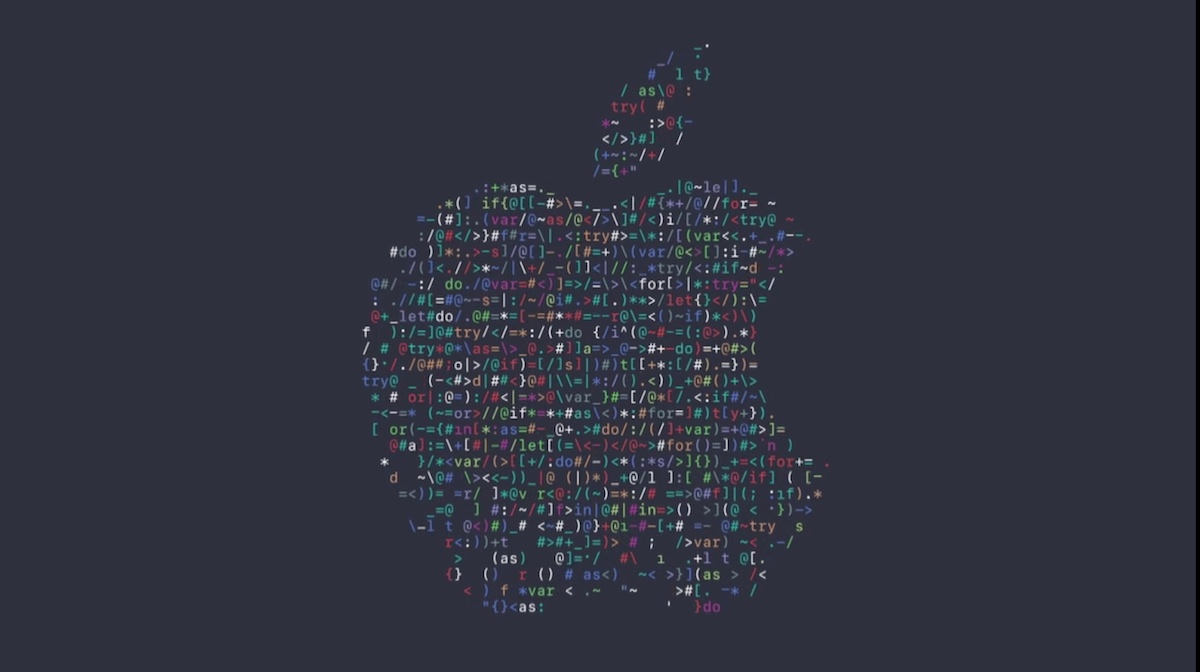MacBook Pro 2016 - an iOS developer's review
Here are some thoughts about my new MacBook Pro that I’ve been using for the last few weeks (the Santa Claus from DHL brought it to me just before Christmas), hopefully this will help someone who’s considering getting one.
Note: this is written from the perspective of a person who switched to the MBP from a 2015 13" MacBook Air (i7) and also has a 2012 21" iMac. Your experiences will obviously be different if you have e.g. a fairly recent 15" Retina MacBook Pro.
Update 3.10.2018: I’ve added some more thoughts at the end about how it looks almost two years later.




